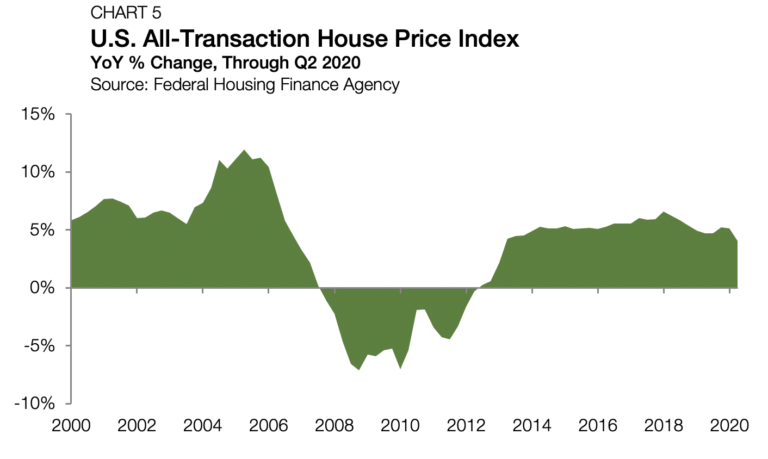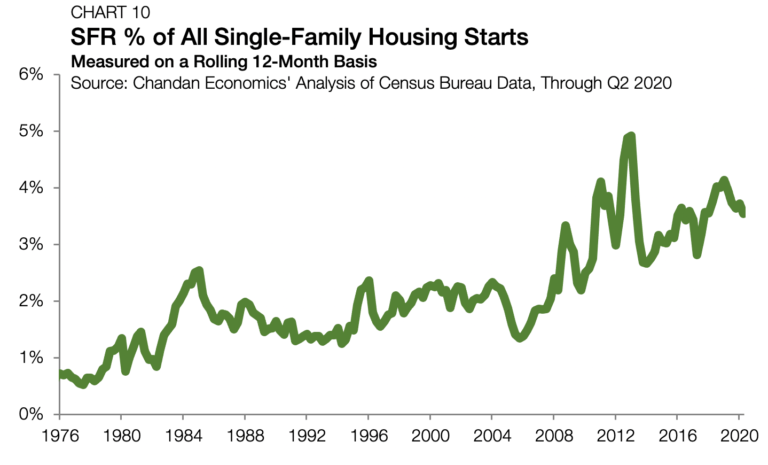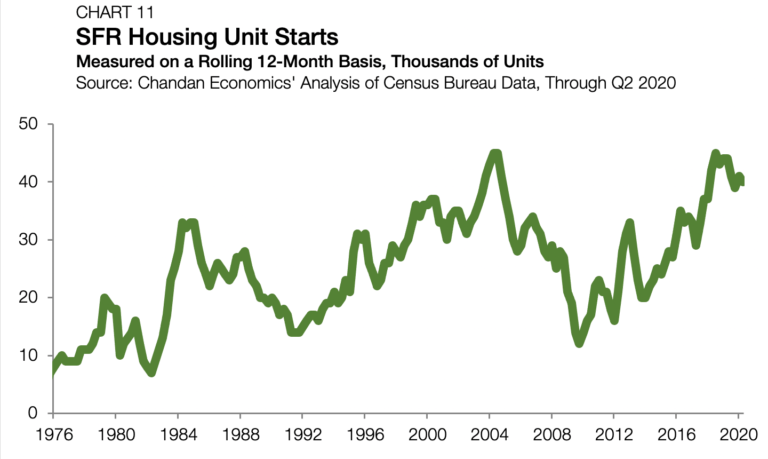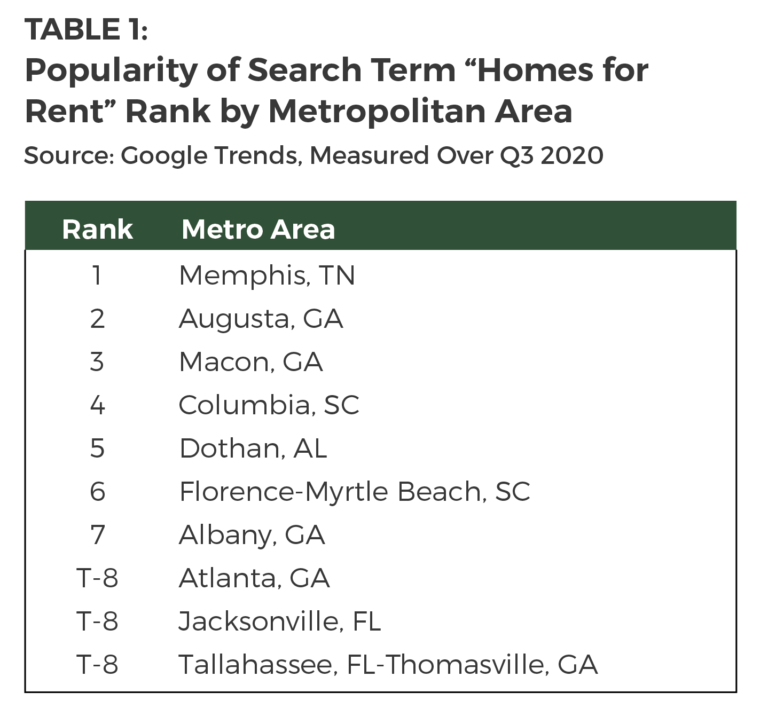Articles
The multifamily rental households estimate reached an all-time high of 22.4 million in 2025, following meaningful post-pandemic shifts in affordable housing and rental demand. The commercial real estate pillar maintained its growth, as new inventory and persistent homeownership constraints supported a rising number of multifamily household formations.
Articles
In any multifamily project, site selection is a critical step requiring careful consideration. From New York to Los Angeles and all the major metropolitan areas in between, U.S. metros are ripe for new investment, but narrowing down the optimal location is never easy. In a new video, Dr. Sam Chandan, one of the commercial real estate industry’s leading scholars, shares his expert insight into Arbor Realty Trust’s latest Top Markets for Multifamily Investment Report.
Analysis
The U.S. rental housing market remained strong and stable in 2025, spreading through the multifamily and single-family rentals sectors. Here’s a look at this year’s top articles from Arbor Realty Trust, in case you missed them.
Uncategorized
Senior debt, a foundational element of most multifamily property acquisitions and developments, rarely covers the full capital requirement. To bridge the gap between what senior lenders offer and what sponsors need, many borrowers pursue mezzanine financing, which provides greater leverage and more control.
Current Reports
The single-family rental (SFR) sector once again demonstrated strength and durability last quarter amid a general softening of the for-sale home market. Arbor Realty Trust’s Single-Family Rental Investment Trends Report Q4 2025, developed in partnership with Chandan Economics, leverages first-class data analysis to show why SFR’s investment return profile has grown more attractive in the last year.
Articles
Low-Income Housing Tax Credit (LIHTC) allocations are about to grow following funding extensions included in the One Big Beautiful Bill Act (OBBBA), signed into law in July. With market-based borrowing costs also declining, the affordable rental sector could be on the verge of its most accommodative financing environment in years.
Articles
In this new video, Dr. Sam Chandan, one of the commercial real estate industry’s leading scholars, shares his expert insight on Arbor Realty Trust’s latest Special Report, developed in partnership with Chandan Economics.
















